As for the fauna and flora of India, it may be noted that with a biodiversity spread over twenty six agro-climatic regions, India has always attracted nature lovers from across the globe. The overall national park and wildlife sanctuaries make the country a unique paradise where people can get the best views of some of the most unique and magnificent creatures in the world.
From the ever-evading big cats such as the Bengal tiger to the gigantic vessel of nature, the Indian elephant, nature lovers are undeniably going to be thrilled by the rich and diverse fauna and flora that decorate these sanctuaries each year.
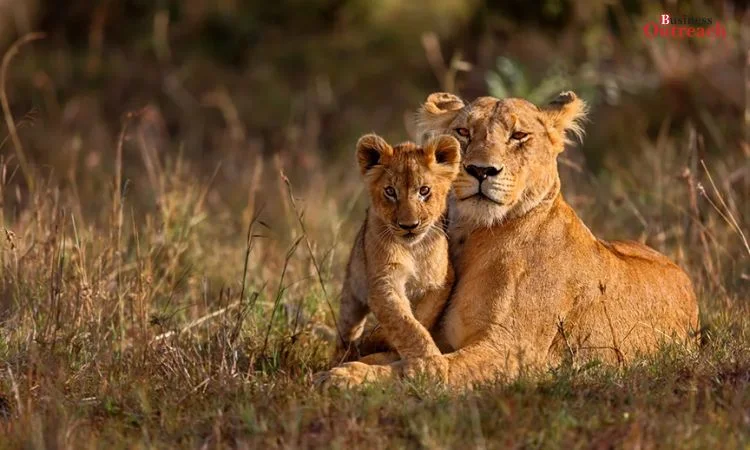
Here Below The Top 15 Wildlife Sanctuaries And National Parks In India
| Wildlife Sanctuaries And National Parks in India | |
| 1 | Ranthambore National Park |
| 2 | Bandhavgarh National Park |
| 3 | Keoladeo Ghana National Park (Bharatpur Bird Sanctuary) |
| 4 | Bandipur National Park |
| 5 | Corbett National Park |
| 6 | Gir National Park |
| 7 | Kaziranga National Park |
| 8 | Kanha National Park |
| 9 | Pench National Park |
| 10 | Sundarbans National Park |
| 11 | Tadoba National Park |
| 12 | Nagarhole National Park |
| 13 | Dandeli Wildlife Sanctuary |
| 14 | Dudhwa National Park |
| 15 | Bhadra Wildlife Sanctuary |
1. Ranthambore National Park, Rajasthan – Top National Park
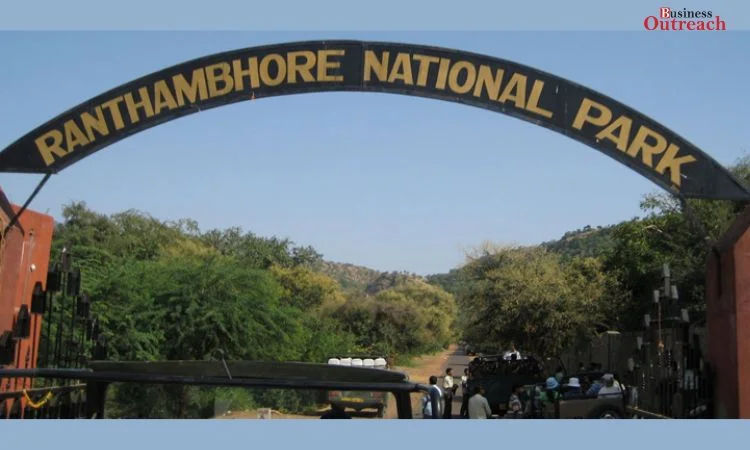
Source: Indian wildlife resorts
The famous and legendary Ranthambore National Park which is situated in Sawai Madhopur district of Rajasthan. Stretching over 400 square kilometres, this land used to be a royal hunting ground and now – one of the main zoological parks where tigers are found in India.
Main Wildlife Attractions of Ranthambore National Park:
- Bengal Tigers
- Leopards
- Striped Hyenas
- Sloth Bears
- Black Bucks
- Indian Flying Foxes
- Snub-Nosed Marsh Crocodiles
- Desert Monitor Lizards
- Different species of the reptiles which include cobras, Indian pythons and Russel’s vipers.
Best Time to Visit: October to June is the general response to what period of the year has the lowest sales. At this park, there is a monsoon season from July to September hence, closing is customary during this time.
Historical Significance: This park has an ancient 10th-century fortress named Ranthambore Fort and another temple, Ganesh Mandir for you to explore amidst your safari trips.
2. Bandhavgarh National Park, Madhya Pradesh

Source: Revv
Bandhavgarh National Park is situated in Madhya Pradesh, state of India and is another park that has a large number of tiger inhabitants making it one of the best sites to visit if you want to see tigers.
Main Wildlife Attractions of Bandhavgarh National Park:
- White Tigers (first discovered in this region)
- Bengal Tigers
- Leopards
- Sambar and Barking Deer
- Nilgai
- Wild Boar
- Gaur
- Chausingha and Chinkara
- Asiatic Jackal
- Bengal Fox
- Sloth Bear
- Striped Hyena
- Jungle Cats
Best Time to Visit: Mid-October to Mid-June. The park is closed during the monsoon season.
Note: The park is closed on Wednesday afternoons and all day during the Holi festival in March.
3. Keoladeo Ghana National Park, Rajasthan
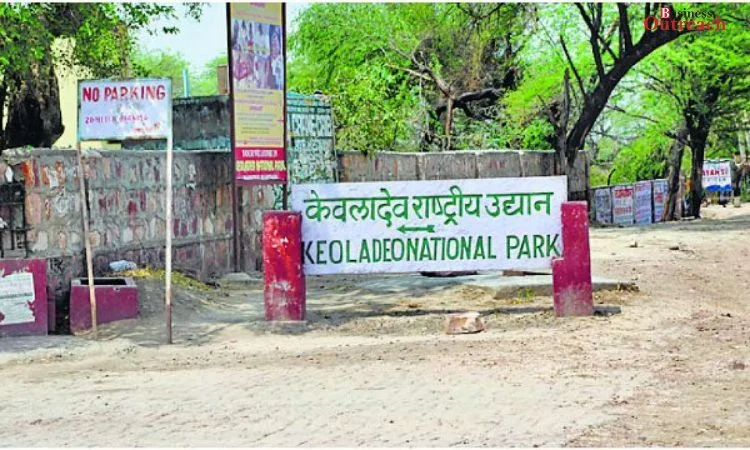
Source: DNA India
Also known as Bharatpur Bird Sanctuary, Keoladeo Ghana National Park is a paradise for bird watchers and ornithologists. This UNESCO World Heritage site is famous for its large congregation of migratory birds.
Main Wildlife Attractions of Keoladeo Ghana National Park:
- Over 350 species of migratory and resident birds
- Cranes, Hawks, Pelicans, Geese
- Ducks, Eagles, Warblers
- Stints, Wagtails, Buntings
- Wheatears, Flycatchers, Larks, Pipits
Best Time to Visit: October to March, when migratory birds from as far as Siberia and Central Asia visit the park.
Additional Attractions:
- Bharatpur Government Museum
- Lohagarh Fort
- Deeg Palace
4. Bandipur National Park, Karnataka-Best Wildlife Sanctuaries and National Parks
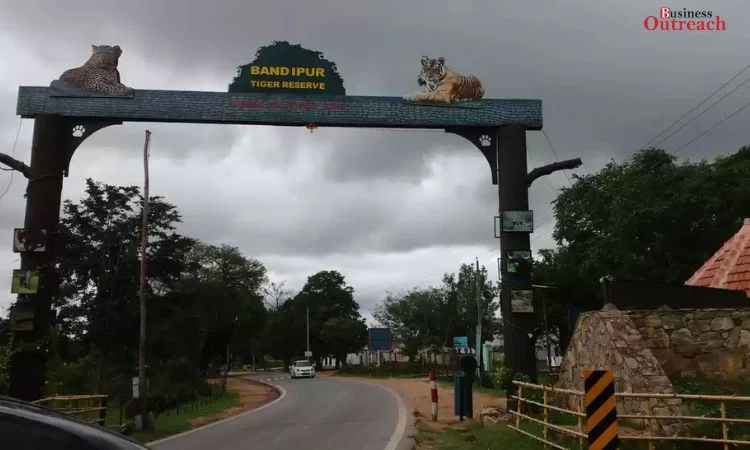
Source: Tripoto
Situated in the southern state of India , Karnataka, Bandipur National Park is part of the Nilgiri Biosphere Reserve and plays a crucial role in wildlife conservation in South India.
Main Wildlife Attractions of Bandipur National Park:
- Tigers
- Gaur (Indian Bison)
- Sambar and Chital Deer
- Mouse Deer
- Four-Horned Antelope
- Wild Dogs
- Wild Boar
- Jackal
- Sloth Bear
- Panther
- Malabar Squirrel
- Porcupines
- Black-Naped Hare
- Various reptiles including Spectacled Cobra, Indian Rock Python, and Vipers
Best Time to Visit: October to March. The park is closed during the monsoon season from July to September.
Safari Options:
Bus Safari: Early Morning II (07:30-09:00 hours) and Late afternoon (15:30 – 18:30 hours).
Elephant Safari: Breakfast time (10:00 AM and 11:00 AM).
Jeep Safari: Heavy traffic is experienced during the Morning (6:00 AM to 9:00 AM) and Evening (4:00 PM to 6:00 PM).
5. Corbett National Park, Uttarakhand- Wildlife Sanctuaries and National Parks
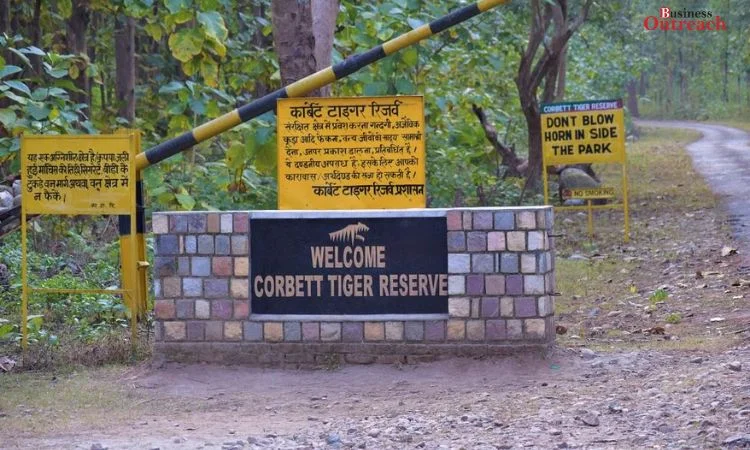
Source: Adda247
Jim Corbett national park in Uttarakhand is one of the most famous and prestigious parks of India, and it is the oldest national park of the country.
Main Wildlife Attractions of Corbett National Park:
- Bengal Tigers
- Leopards
- Wild Elephants
- Jungle Cat
- Fishing Cat
- Leopard Cat
- Barking Deer
- Sloth and Himalayan Black bears are two species of bears that are relatively harmless to humans.
- Indian Grey Mongoose
- Otters
- Yellow-throated Martens
- Himalayan Goral
- Indian Pangolins
- Some of the different types of reptiles are Gharial, Mugger, and Monitor Lizard.
Safari Timings:
Morning: Early morning from 6 in the morning to 9:30 in the morning.
Evening: 3:00 p. m – 6:00 p. m
6. Gir National Park, Gujarat- Wildlife Sanctuaries and National Parks

Source: YouTube
More specific uses of the Gir Forest National Park are that it is the only natural habitat of the Asiatic Lion and hence is an important park for their conservation.
Main Wildlife Attractions of Gir National Park:
- Asiatic Lions
- Leopards
- Jackals
- Striped Hyenas
- Jungle Cats
- Langurs
- Porcupines
- Marsh Crocodiles
Best Time to Visit: The best season, climatically speaking, is from December to March, while for the wildlife and bird watchers, April & May are the best months even though they are hot.
Safari Timings:
Morning: from 6:00 am to 9:00 am
Afternoon: 3pm – 6pm
Note: Summer, especially the monsoon season, from June 16 through October 15 is an unfavourable time of the year for visiting the park.
7. Kaziranga National Park, Assam

Source: Nagaon District
Kaziranga National Park one of the finest wildlife parks in Asia situated in the northeastern state of Assam; The park is particularly famous for the one-horned rhinoceros and is a UNESCO World Heritage site.
Main Wildlife Attractions of Kaziranga National Park:
- Indian Rhinoceros
- Indian Elephant
- Bengal Tigers
- Indian Bison
- Wild Water Buffalo
- Swamp Deer
- Gharial
- Indian Water Monitor
- Common Bengal Monitor
- Forest Lizard This species of Lizard is mostly found in Khasi hills.
Best Time to Visit: The tourism activities are most active during the late month of November up to the following April. These include lack of access to the park during the rainy season that covers from June to August.
Safari Timings:
Morning: Early Morning: 5:30 AM to 7:30 AM
Afternoon: The afternoon is from 3:00 PM to 4:00 PM.
8. Kanha National Park, Madhya Pradesh
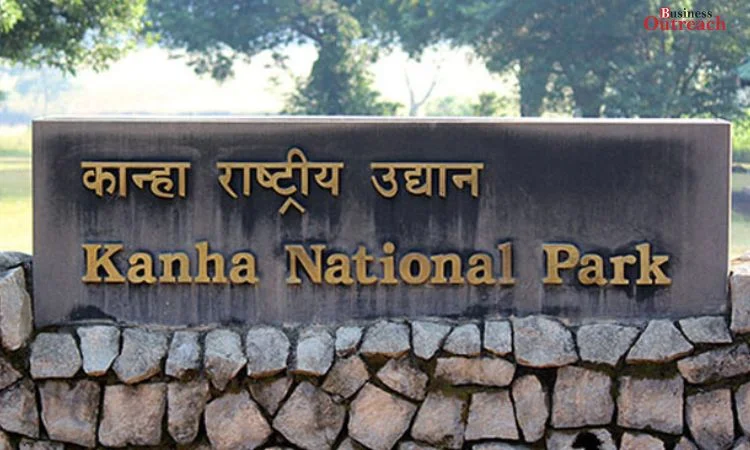
Source: Kanha National Park
Spread over one thousand seven hundred and fifty-seven square kilometres it is one of the largest national parks in India, or more precisely Kanha Tiger Reserve, which is the inspiration of” Jungle Book” by Rudyard Kipling.
Main Wildlife Attractions of Kanha National Park:
- Tigers
- Chital and Sambar Deer are very common animals found in India. Chital or the spotted deer is a small animal with a beautiful and distinctive coat, while the Sambar Deer is larger in size and has a more robust body.
- Barasingha (Swamp Deer)
- Barking Deer
- Gaur
- Langur
- Wild Boar
- Sloth Bear
- Hyena
- Indian Fox
- A list of reptiles includes: Russell’s Viper, Python, and Indian Cobra
Best Time to Visit: Mid October to end June having the longest break in between the start and end of the year. It is very important to notify that the park is not available for guests during the monsoon season, which takes place in July-September.
9. Pench National Park ,Madhya Pradesh
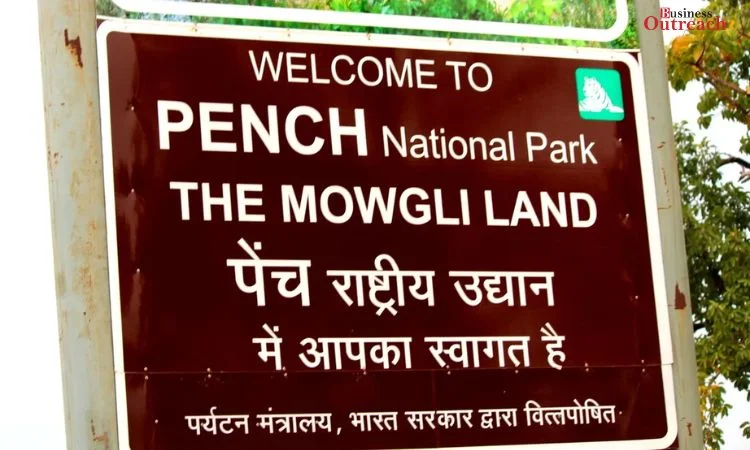
Source: Pendown
Located in the area close to the border of Madhya Pradesh and Maharashtra, Pench Tiger Reserve is among the finest wildlife destinations in India.
Main Wildlife Attractions of Pench National Park:
- Tigers
- Bison
- Jungle Cat
- Wild Boar
- Chital
- Jackal
- Hyena
- Wolf
- Some are Common Krait, Banded Krait, Indian Cobra and many others Meer said and added The area occupies about 200 hectare, Mehr said that the population of the various reptiles include Common Krait, Banded Krait, and Indian Cobra.
Best Time to Visit: October being the earliest start and June the latest end with the warmer months of December-February providing better opportunities to view wildlife around water sources.
10. Sundarbans National Parks, West Bengal
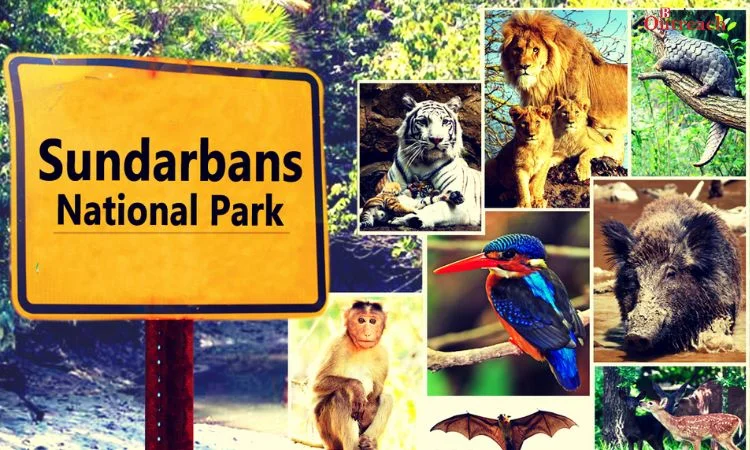
Source: West Bengal Tourism
Sundarbans is listed as a UNESCO world heritage site which is the largest mangrove forest and natural housing to the likes of Tiger of Bengal.
Main Wildlife Attractions of Sundarbans National Parks:
- Bengal Tigers
- Estuarine Crocodiles
- Ganges River Dolphins
- Various bird species
Best Time to Visit: The optimal time for sightseeing and visiting most of the palaces and forts are from October to March because during the months of July, August, and September, the region receives heavy monsoon rain.
11. Tadoba National Park, Maharashtra
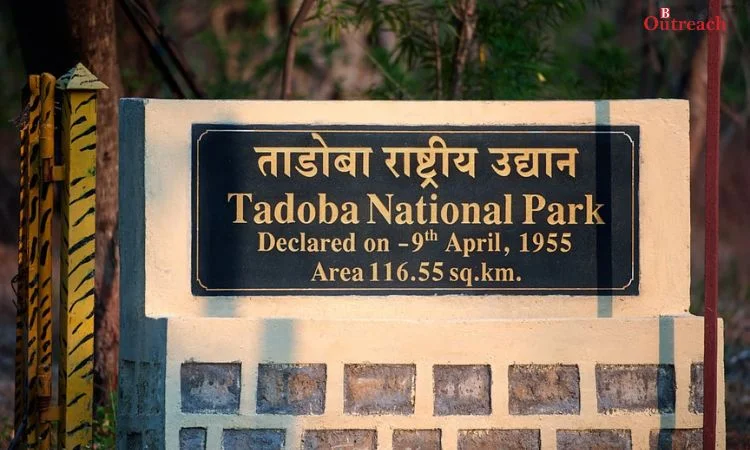
Source: Wildlife Photography Tour
Tadoba National Park is also regarded as the largest and oldest park within the state of Maharashtra and it is home to a large population of tigers.
Main Wildlife Attractions of Tadoba National Park:
- Tigers
- Leopards
- Sloth Bears
- Indian Bison
- Blue Bulls
- Hyenas
- Several other forms of reptiles and bird life are also intermingled with the vegetation cover in the region.
Best Time to Visit: The frequency was from October to June; at other months of the year the presence was less organised. However, the park is closed during the monsoon period i. e. , from July to September only.
12. Nagarhole National Park, Karnataka
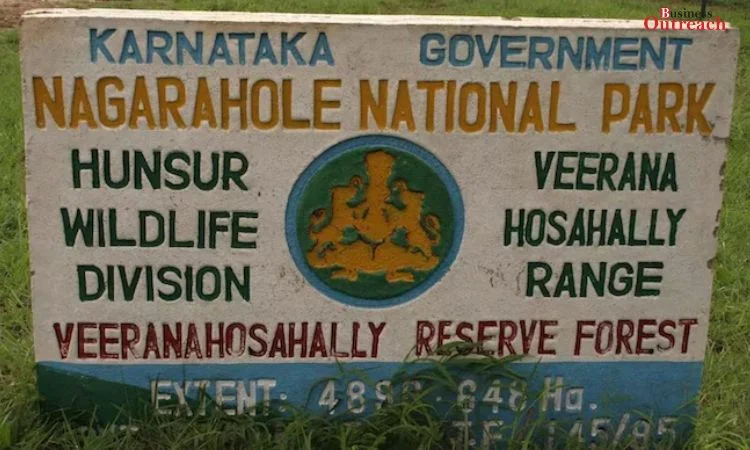
Source: India Today
Formerly known as the Rajiv Gandhi National Park, Nagarhole is a part of the Nilgiri Biosphere Reserve and is becoming increasingly popular for wildlife tourism.
Main Wildlife Attractions of Nagarhole National Park:
- Bengal Tigers
- Indian Leopards
- Wild dogs in Ussuri
- Sloth Bears
- Striped Hyenas
- Elephants
- Various deer species
Best Time to Visit: Like all parks in Mumbai, it is closed during the monsoon season, which stretches from June through September while the parks are open throughout the year with the best time being during the winter months of October to May.
13. Dandeli Wildlife Sanctuary, Karnataka

Source: YouTube
It is one of the vivid wildlife sanctuaries that offer a stunning adventure and are loved by all the lovers of nature.
Main Wildlife Attractions of Dandeli Wildlife Sanctuary:
- Tigers
- Leopards
- Black Panthers
- Elephants
- Gaur
- Various bird species
Best Time to Visit: Best time to visit is between October and May…The Sanctuary remains closed to visitors during monsoon season which begins in the middle of July and lasts till September.
14. Dudhwa National Park, Uttar Pradesh
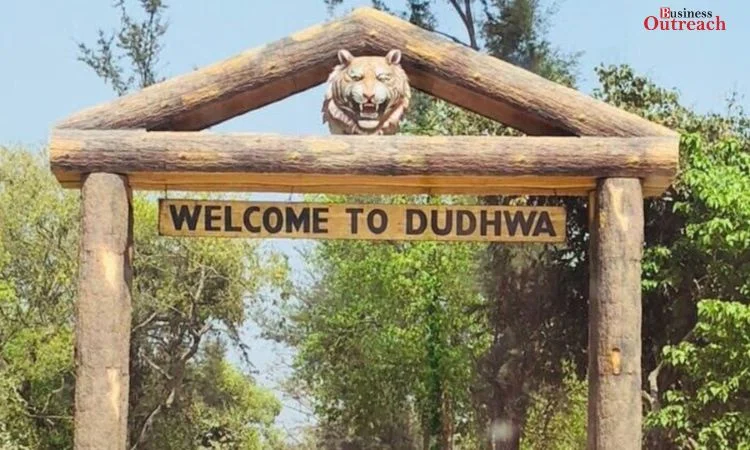
Source: Hindustan Times
Situated in the Uttar Pradesh state and fringing the border of Nepal, the Dudhwa National Park is one of the few destinations in the country where tourists can sight the Bengal Florican.
Main Wildlife Attractions of Dudhwa National Park:
- Tigers
- One-horned Rhinoceros
- Swamp Deer
- Elephants
- Various bird species
Best Time to Visit: A better time to visit the park is from the months of November and up to May because during the monsoon season, the park is closed.
15. Bhadra Wildlife Sanctuary, Karnataka
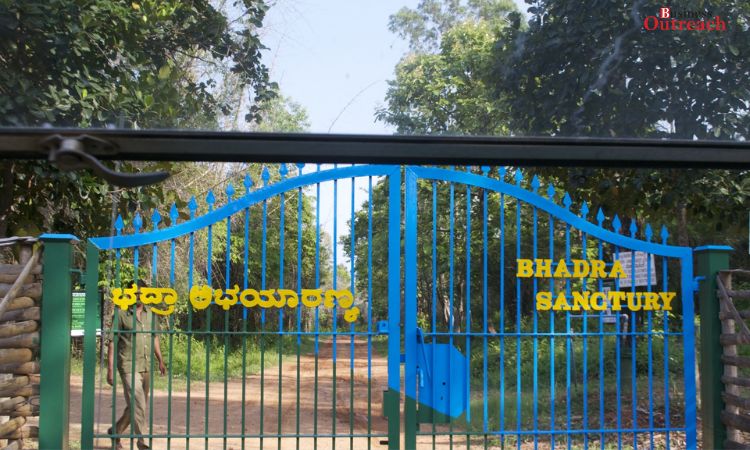
Source: Travel Twosome
Closing the list is the Bhadra Wildlife Sanctuary, which is somewhat like a gem nested in the Western Ghats of Karnataka.
Main Wildlife Attractions of Bhadra Wildlife Sanctuary:
- Tigers
- Leopards
- Gaur
- Elephants
- Sambar and Spotted deer, both belong to the Cervidae family and are the two most commonly hunted large deer species in India.
- Various bird species
Best Time to Visit: That is from October to May, while the monsoon season ranges from July to September, spanning the closing of the Laguindingan Twin Lakes Natural Bird Sanctuary.
Conclusion
The Indian wildlife sanctuaries are as varied in their privileges for willing enthusiasts as can terrains of being able to capture glimpses of the finest land tiger roaming the forests or watching exotic courses of migratory birds in marshy wetlands. The individual sanctuaries are all quite different from one another and are home to their own interesting mixes of wildlife, which means that it would be wrong to single one out as particularly recommended without encouraging visitors to go and explore all of them.
In as much as you would wish to travel on a whim, wildlife safaris being some of the most popular tourist attractions offer the self similar success therefore it is recommended that you should make advance booking for the safaris as well as the accommodation if you are travelling in the high seasons. The following impressions were made, people should always stick to the rules and regulations as far as the park is concerned to avoid causing harm to both lives and property.















